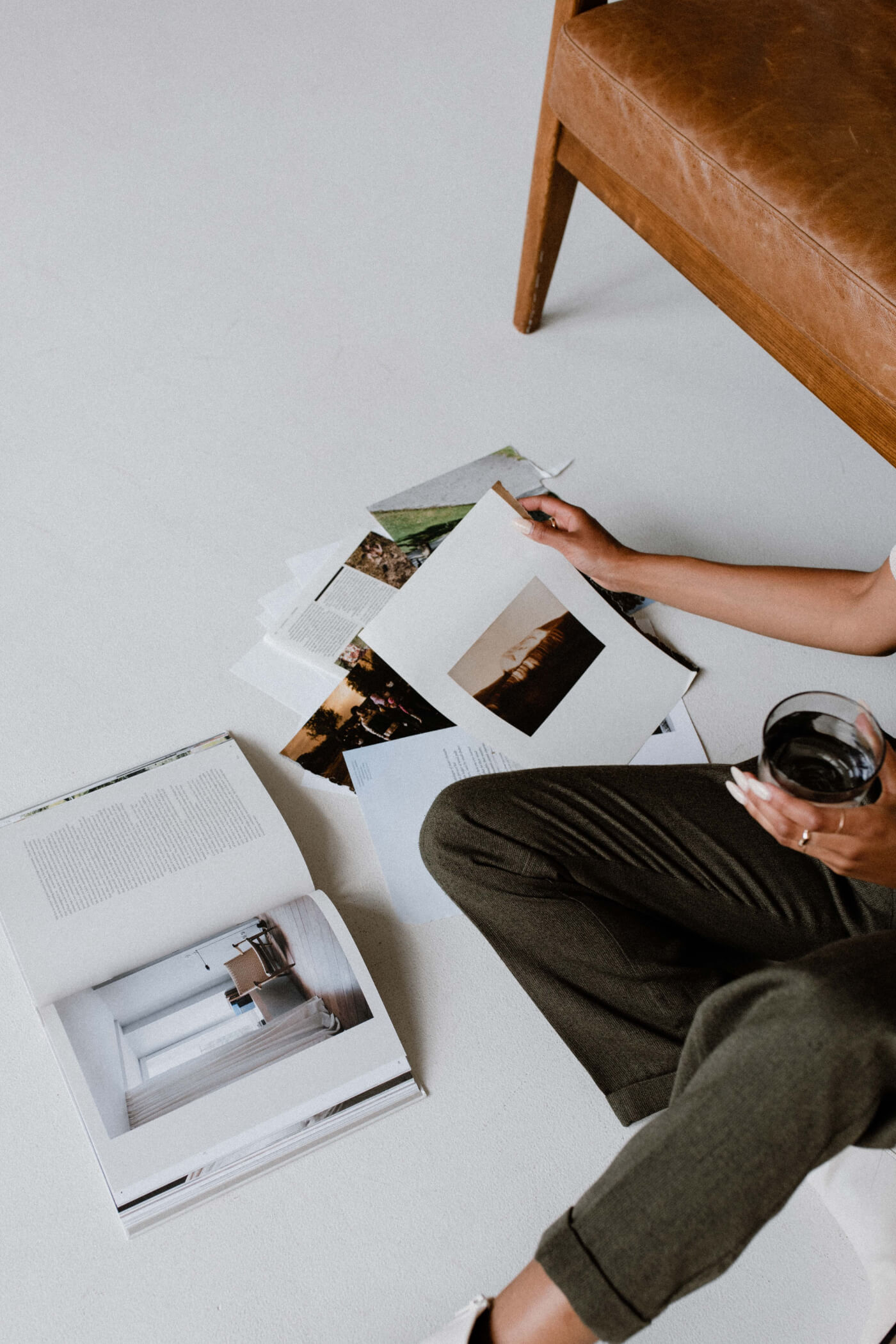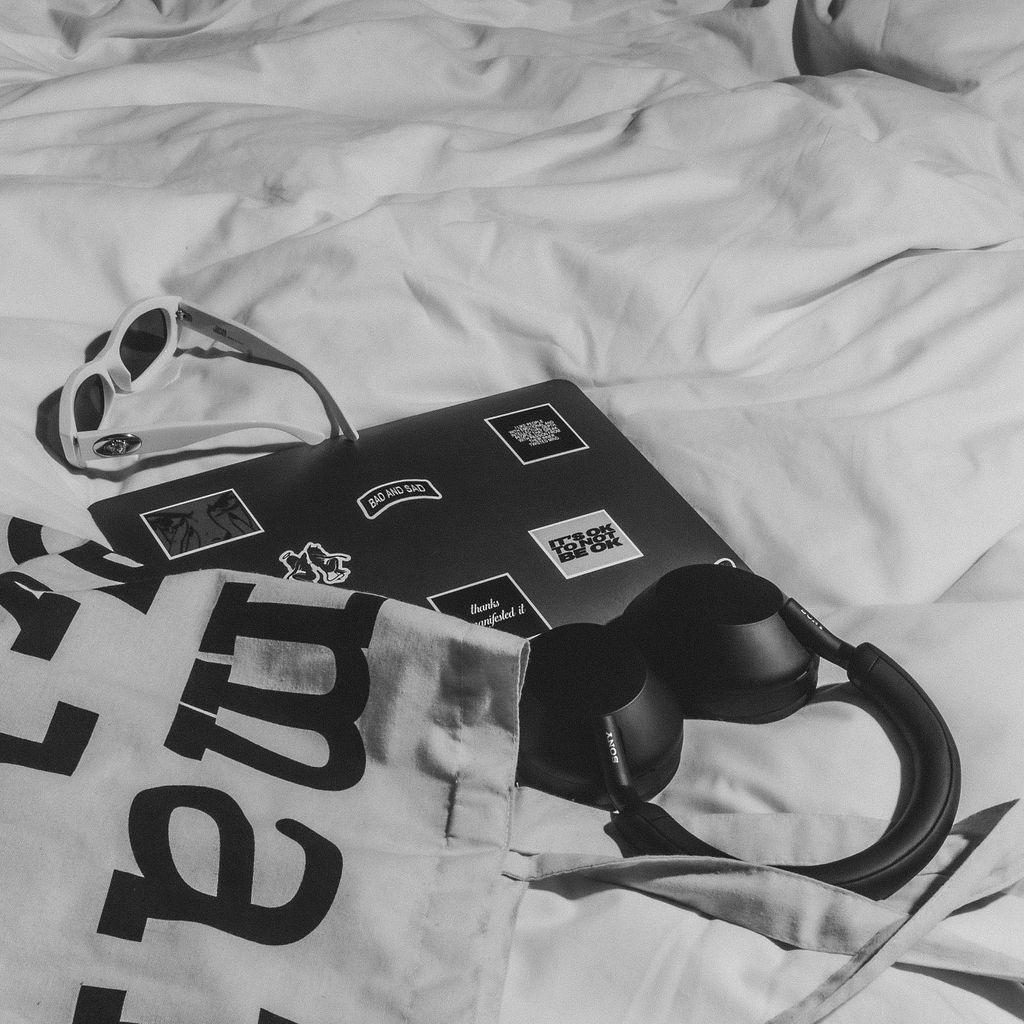Define Your Brand
First off, think about your brand. What makes it unique? Have you got a logo or specific colours that scream ‘you’? Your website should be an extension of your brand, so it’s important to have your branding materials ready to go. I remember when I first started with my own little venture, I spent hours tinkering with logos and fonts until it felt just right. It’s all about capturing the essence of your business so that visitors instantly get a sense of who you are.
If you don’t have any idea, it’s a good idea to work with a brand designer to help you pull this together. Many web designers offer branding as an additional add-on, so check in with them on pricing and potential offerings if you’re struggling to put this together yourself.
Know Your Ideal Target Audience
Next, who are you aiming to attract? Knowing your ideal audience is crucial. Think about their age, interests, what they’re searching for online — all those important details. When you know who you’re talking to, it’s easier to craft messaging that resonates. Picture who you’d be selling your product or service to, and what problems they need solving. Knowing your target audience will help your designer create the design and overall user experience that speaks to them and drives conversions.
Set Clear Goals
What do you want your website to achieve? Is it to sell products, provide information, or maybe book appointments? Setting clear goals will guide the design and functionality of your site. This is crucial for measuring your site’s success later down the line.
Content
Once your branding, audience, and goals are sorted, it’s time to gather your content. This includes your website copy, product descriptions, images, testimonials and any other content. You don’t necessarily need this completely ready by the time you reach out to a web designer (if you’re going down that route), but it’s good to have it running through your mind.
I would highly recommend starting with your website copy. Begin with your ‘who’, ‘what’ and ‘how’ for each page of your website. Once you feel that is clear, the rest should start to flow naturally.
If you’re struggling with all of the information you need to collect, consider hiring a website designer. They can most likely help you with this and keep you on track with what needs doing and when. For example, I provide all of my clients with a project dashboard that includes our timeline, along with guidance on writing copy that converts.
DIY vs Hiring a Website Designer
DIY’ing your website? Picking the right platform to build your site always feels overwhelming! There are loads out there, from WordPress to Wix and Squarespace. Each has its own perks, so choose one that suits your technical skills and business needs.
Looking to hire a website designer? Ask them which platform(s) they use to build your website and what sort of editing access you will have once the website is live. Because I custom-code my websites, I use a lesser known content management system called Cloudcannon. I love it and my clients do too! It provides me with full control over what my clients have access to in terms of editability. Whether you’re a bit of a technophobe, or you love getting stuck in behind the scenes, it’s a beautiful user-friendly platform (and much less clunky than the likes of WordPress!)
Conclusion
Starting a website project can seem daunting, but with a bit of organisation and planning, you’ll be well on your way to creating a site that truly represents your business. Ready to get started? Or feeling a bit overwhelmed? No worries! Consider booking a chat with a website coach or a designer (such as me!) for some professional guidance. We’re fantastic at turning ideas into reality.
If you might be interested in working with me on a website project, get in touch to book in your free consultation!





